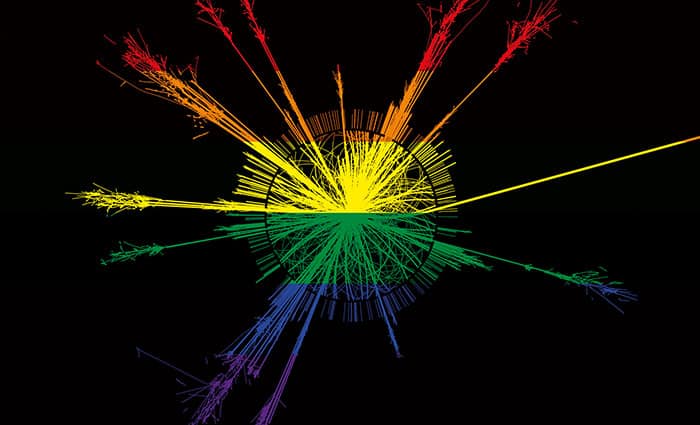
Several major scientific-journal publishers have launched policies that allow scientists to easily change their name on previous publications – a move that transgender researchers have been campaigning to introduce for years. In March Elsevier introduced a name-change policy that covers its more than 2500 journals, while similar initiatives were recently announced by IOP Publishing, which publishes Physics World, as well as the American Association for the Advancement of Science, the American Chemical Society, the Royal Society of Chemistry, PLOS and Wiley. The American Physical Society (APS), meanwhile, is expected to release its own policy soon.
For transgender scientists who change their name, their old name can be personally painful and can also reveal them as being transgender. Previously, scientists had therefore faced a decision between two bad choices – leaving older research off their publication record or risking discrimination. According to the APS LGBT+ Climate in Physics survey, published in 2016, transgender and non-binary physicists reported the highest levels of exclusionary behaviour, adverse climate and unsupportive policies. In the UK, meanwhile, almost a third of LGBT+ physical scientists have considered leaving their jobs because of discrimination and toxic workplace climates.
These policies coming into existence are finally going to start allowing trans scientists to bring more of their full selves and their full academic history to every place as they advance in their career
Elena Long
The recent journal policy changes have been driven by a group of transgender scholars belonging to the Name Change Policy Working Group, who have worked with publishers and individual journals to develop the new policies. Irving Rettig, an inorganic chemist at Portland State University, began campaigning for the change after he transitioned and found himself caught within the bureaucracy of the university, scientific societies and publishers. “Your name is really important in science because it is the identifier that is linked to your merit as a scholar,” notes Rettig. “If your academic work is fractured across multiple identities…that would be incredibly detrimental, not just to your reputation but to your access to grants, your access to collaborations, your recognition and visibility.” Rettig adds that, for other transgender scientists, the issue could be compounded later in their careers, when they could have a larger publishing record to correct.
The next step
With IOP Publishing’s new name-change policy, authors can update their name and other identifying information such as pronouns, headshots and e-mail addresses in all previous journal articles. The policy – which was specifically designed to address the issues transgender researchers face – can be used by authors who change their name for any reason, such as gender identity, marriage or religion. IOP Publishing’s policy is fully confidential and offers the option to change a name with or without a public notice. It also does not require proof of a name change, which can be a daunting and costly hurdle for scientists undergoing a legal name change.
“We wanted to ensure that authors could change their name on already published research without a cumbersome process,” notes Kim Eggleton, integrity and inclusion manager at IOP Publishing. “A more inclusive and equitable publishing environment is important to us, so we’re pleased to have made another step in the right direction.”
The working group hopes to now introduce a set of guidelines through the Committee on Publication Ethics – a non-profit organization that aims to define standards in the ethics of publishing – to set best practice and support smaller journals that may not have the resources to develop their own policies. Publishers and researchers are also considering changes to the wider publishing infrastructure. The next step could be to allow name changes on citation lists – a tricky feat given that articles can have hundreds of citations in other works.
More to do
Elena Long, a nuclear physicist from the University of New Hampshire who co-led the APS’s LGBT+ Climate in Physics survey, says the journal policy shift is important and much needed. “These policies coming into existence are finally going to start allowing trans scientists to bring more of their full selves and their full academic history to every place as they advance in their career, without having to out themselves and risking that extra level of discrimination,” says Long. Where people and particles collide
Both Rettig and Long now hope that with the shifts in digital publishing, systems can be redesigned in more fluid ways. For example, researchers have recommended tying publications to an author’s ORCID ID, which is a unique digital identifier, rather than a name. Most importantly, Long notes, there needs to be a move to recognize that diversity and inclusion is a fundamental part of science. “Physics has made a lot of progress, but a lot of that progress continues to be made by the people who are having to struggle through it,” says Long. “There’s still a long way to go.”



